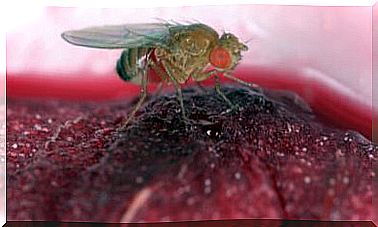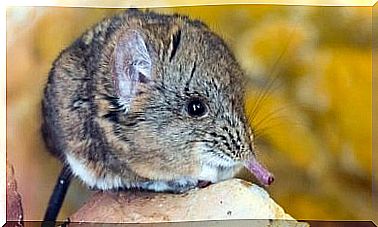Titanoboa: The Biggest Snake In The World
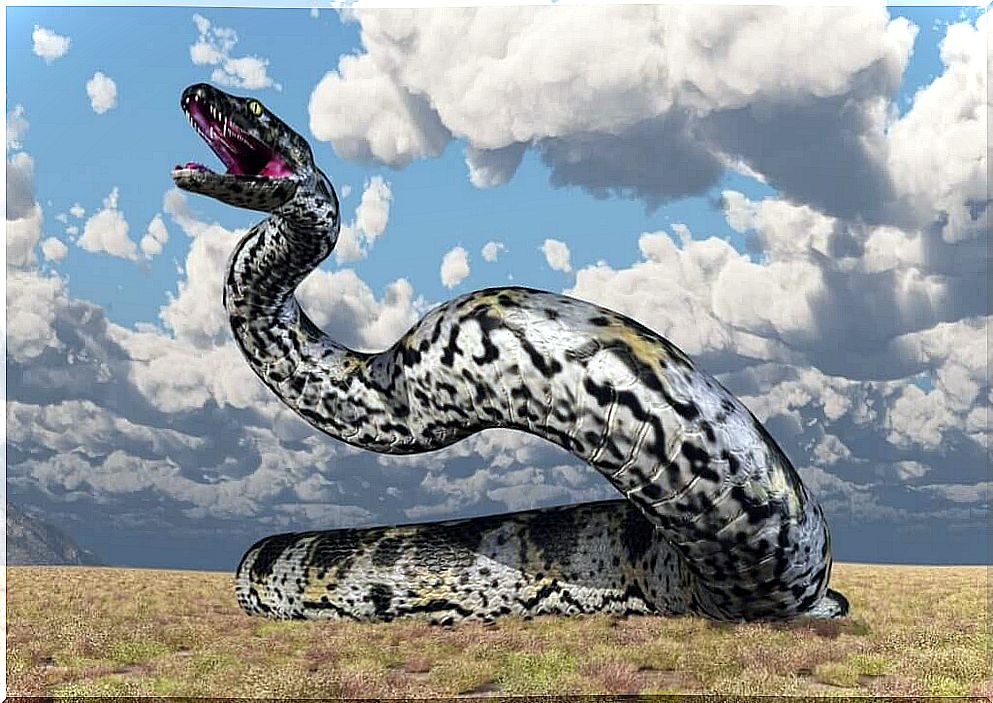
Snakes have been around since the Jurassic, when dinosaurs ruled the Earth. During all this time, they have diversified into incredible species. One of them is the Titanoboa cerrejonensis , the largest snake ever discovered.
This animal could easily reach twice the size of the two snakes that compete for the current record for largest size: the green anaconda and the cross-linked python. Although these animals demand respect, they have nothing to do with the ancient titan. If you want to know more about this Titanoboa and its discovery, keep following with us.
Habitat and characteristics of Titanoboa
Titanoboa was a boid, that is, it belonged to the same family as the pythons and anacondas that currently exist. As such, it had many similarities to these snakes, which made it possible to discover aspects of their biology.
Titanoboa ‘s vertebrae are the largest ever found for a snake, each measuring more than 10 centimeters. Based on them, it is estimated that the snake could be between 12 and 14 meters long.
However, this snake was not just long. As with today’s boids, it was also large and heavy. The weight of this immense reptile is estimated at around 1135 kg.
The heaviest snake that exists today is the green anaconda ( Eunectes murinus ). Despite this, the largest individuals of E. murinus ever recorded reach only one-fifth the normal weight of Titanoboa . Furthermore, the vast majority of anaconda do not grow that much.
This puts the impression Titanoboa made in life in perspective . At that size, it is one of the largest land animals that lived during the Paleocene and Eocene, if not the largest.
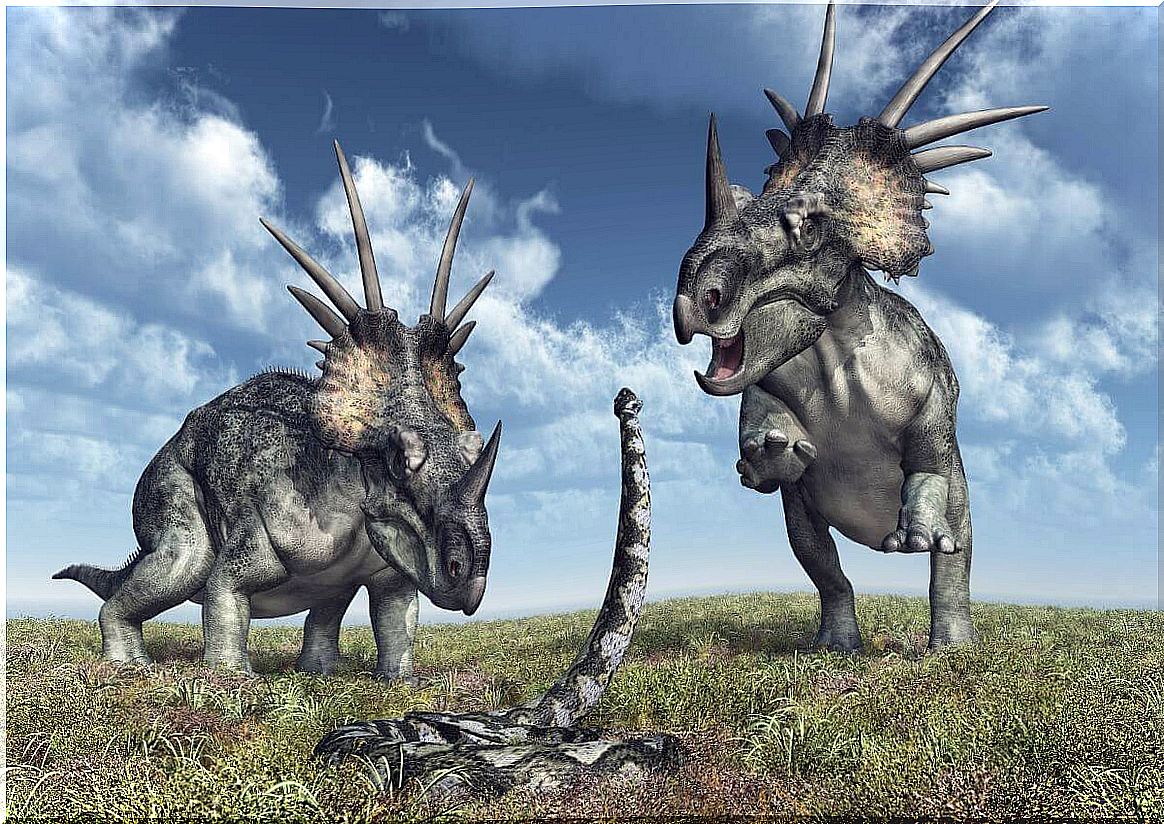
How was it discovered?
Fossils of this animal were found in the Cerrejón formation in Colombia. This inhospitable place is a major coal-mining operation, but it also contains one of the richest fossil deposits in South America.
Twenty-seven years ago, Colombian geologists began to discover the treasures that this place was home to. They also organized expeditions with American paleontologists from 2003 onwards. This international team was discovering and investigating the abundant fossil remains of the Cerrejón.
Many of the fossils were preserved and transported for further study. This work requires a lot of time, so it is normal for fossils to be described later, after their discovery.
Examining some of these ancient bones that had been classified as belonging to crocodiles, the researchers spotted an error. The vertebrae were so big, and although it seemed crazy, they belonged to a prehistoric snake. After that, they searched among all the specimens that had access and organized new expeditions to Colombia.
Years later, these paleontologists collected about 100 vertebrae from 18 different individuals and contacted even more scientists. In 2009, after performing complex computational models and a lot of work, the article showing Titanoboa to the rest of the world was published.
The snake ecosystem
The Cerrejón contains the remains of many extinct animals and perhaps something even more important. South America’s first rainforests covered these mines millions of years ago. These ecosystems were similar to today’s, with large rivers, swamps and lush vegetation.
In these marshy areas of the first tropical forests inhabited Titanoboa. Of course, there were differences with today’s forests. The precipitations were greater and the temperature much higher.
This last fact was verified using the size of the giant snake. The maximum size that poikilotherm animals – “cold-blooded” animals – reach is mediated by the temperature of the environment in which they live. At higher temperatures, poikilotherms can get bigger.
The approximately 13 meters of Titanoboa indicate that it lived in an extremely hot climate, with an annual average between 32 and 33 degrees Celsius. In addition, other large vertebrates inhabited this ecosystem. Among them are ancient crocodiles, turtles and lungfish.
Similarities to current snakes
This snake was surprisingly similar to its current relatives. She lived in ecosystems very similar to the green anacondas and her biology is also reminiscent of them.
For example, Titanoboa was a semi-aquatic animal that spent much of its life camouflaged in marshy waters. Deep in the water, it chased its potential prey.
With its enormous size, this snake could feed on any other animal in the ecosystem, including crocodiles and turtles. Despite this, the characteristics of its jaw and dentition indicate that it may have fed mainly on fish. That would be a unique feature among your relatives.
Like the rest of the cattle, this animal was not venous. Instead, she subdued her fangs through constriction: she curled herself around them and squeezed them with her muscular body, until she managed to choke them or cause cardiac arrest.
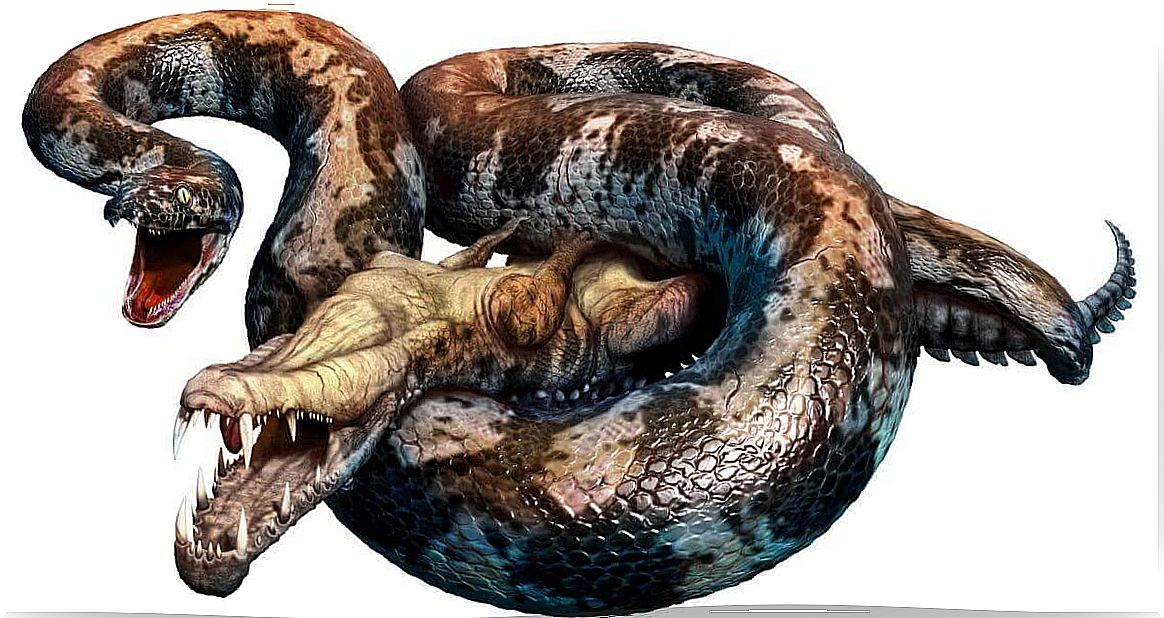
Titanoboa cerrejonensis was a spectacular animal, but the Cerrejón formation still holds many mysteries. Thanks to the tireless work of dedicated paleontologists, other impressive beings that once populated the first rainforests may be discovered in the future.

